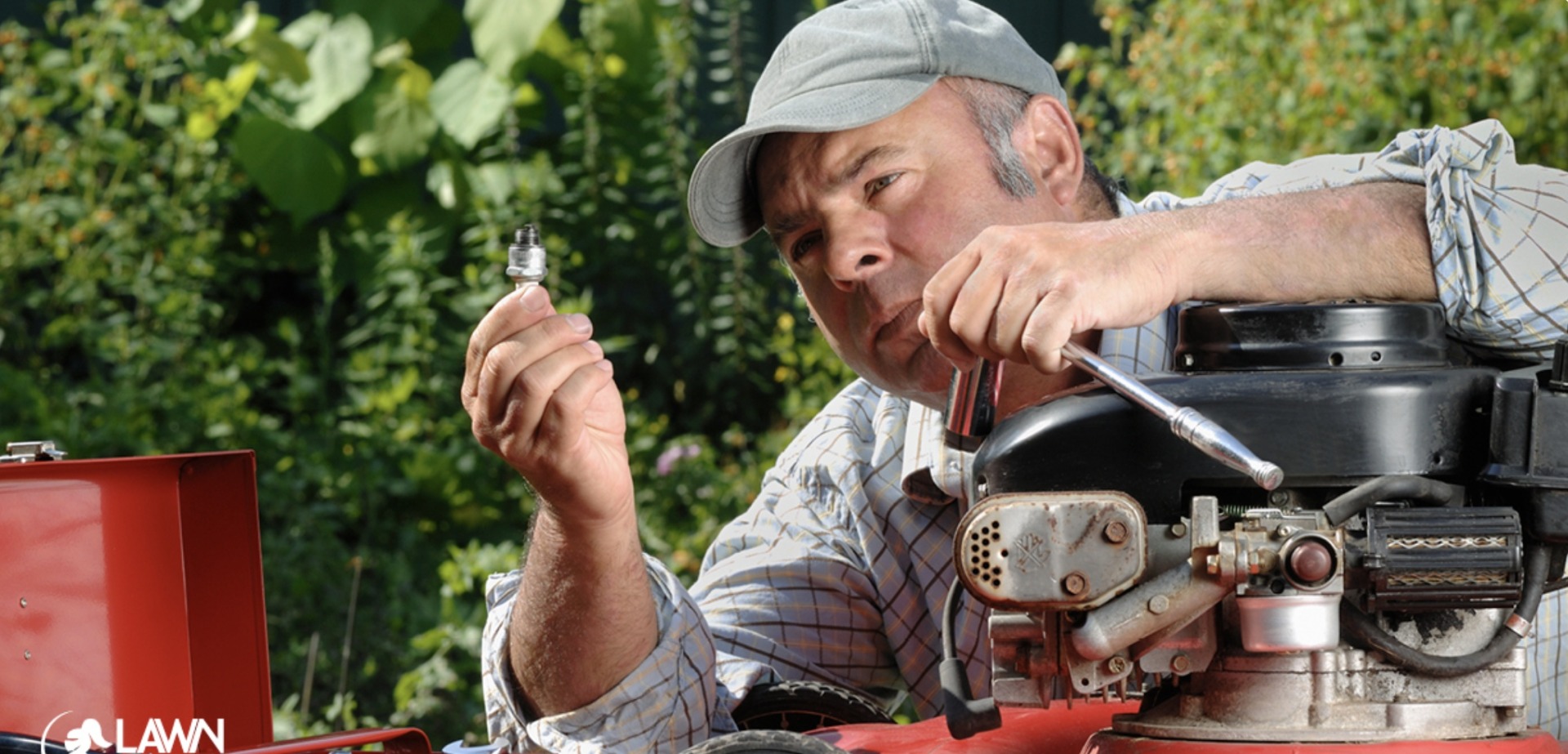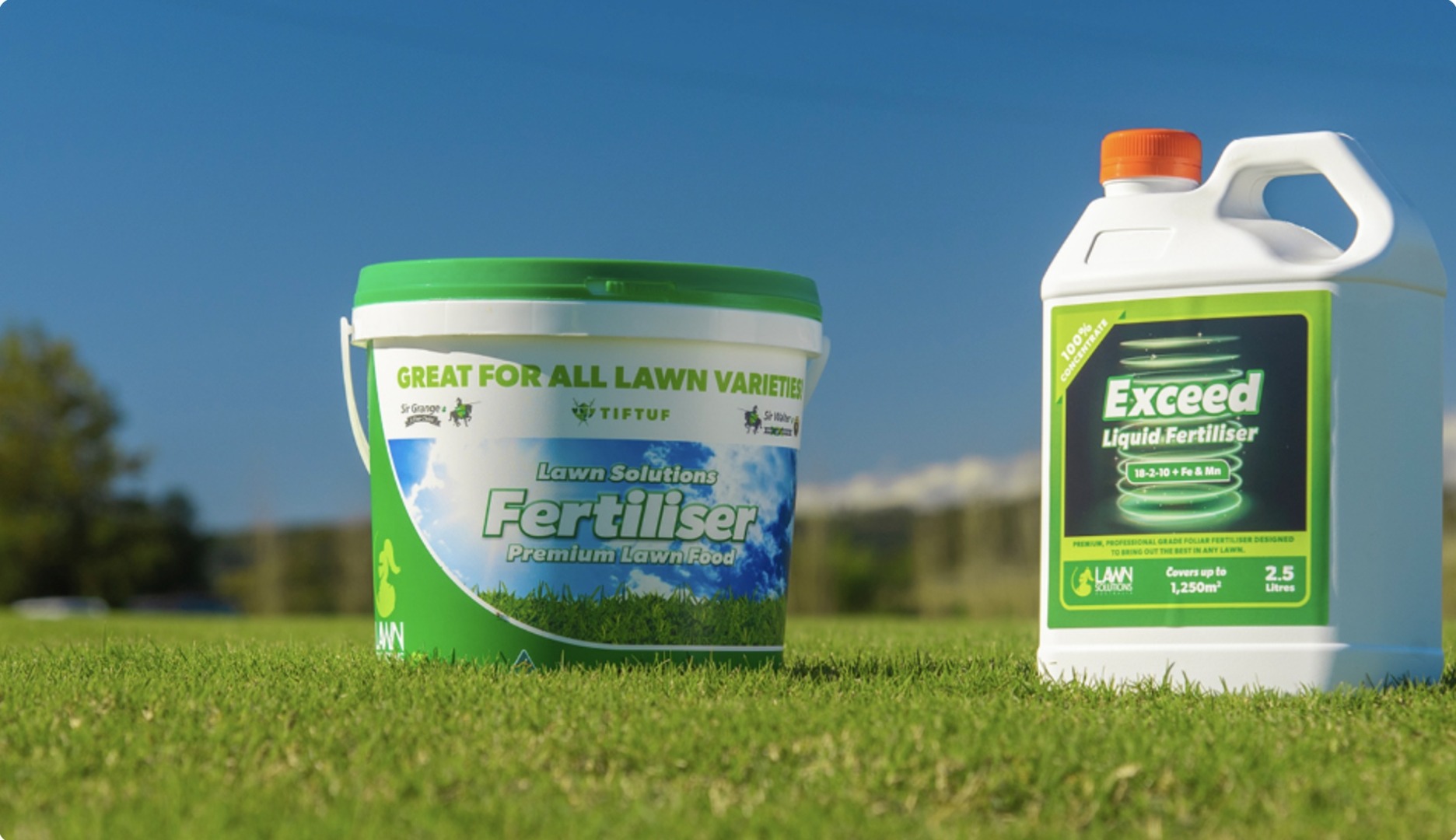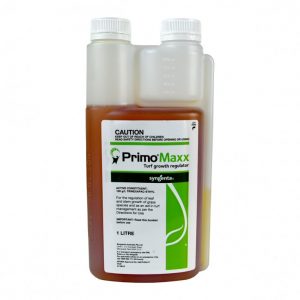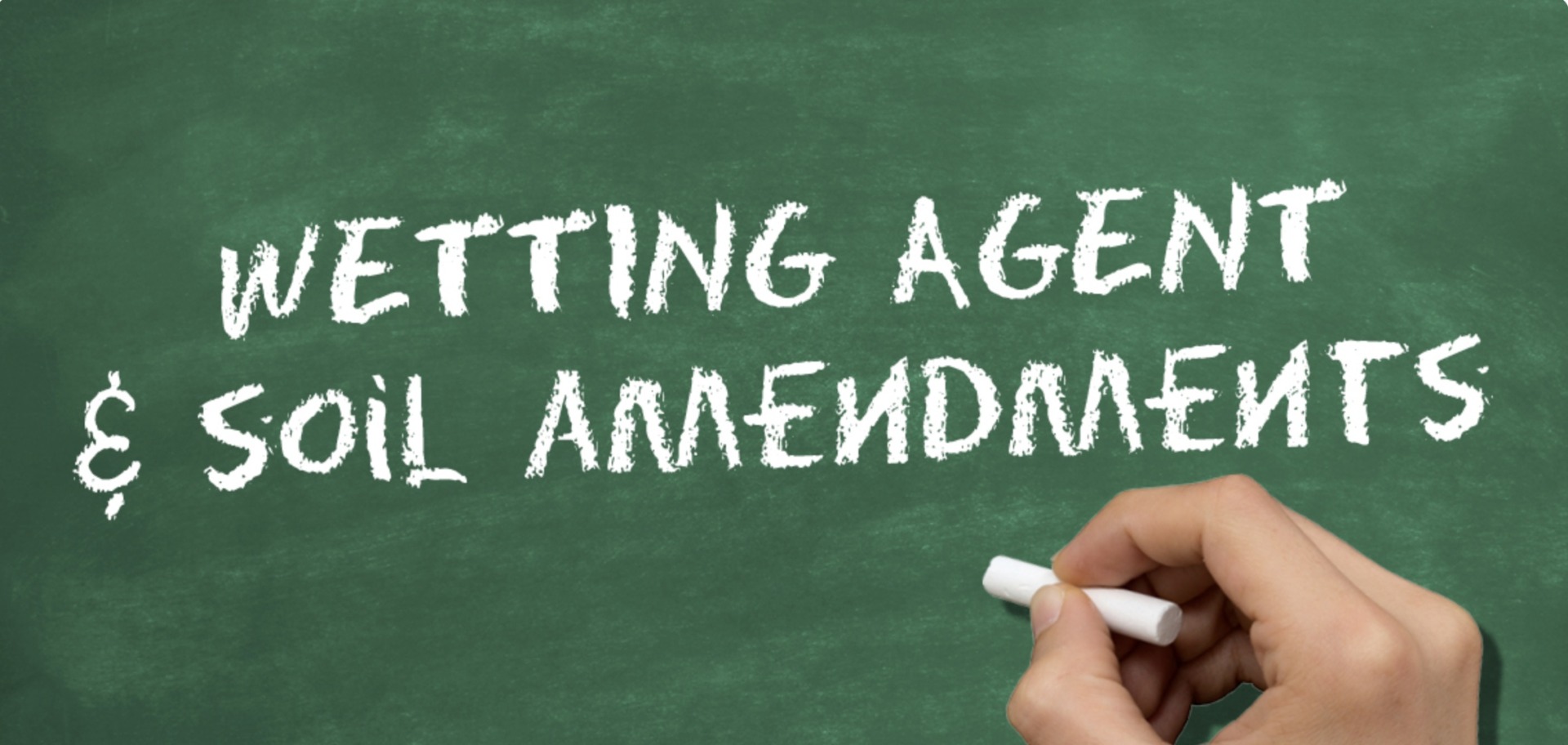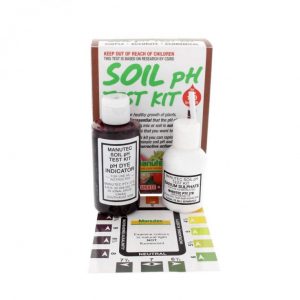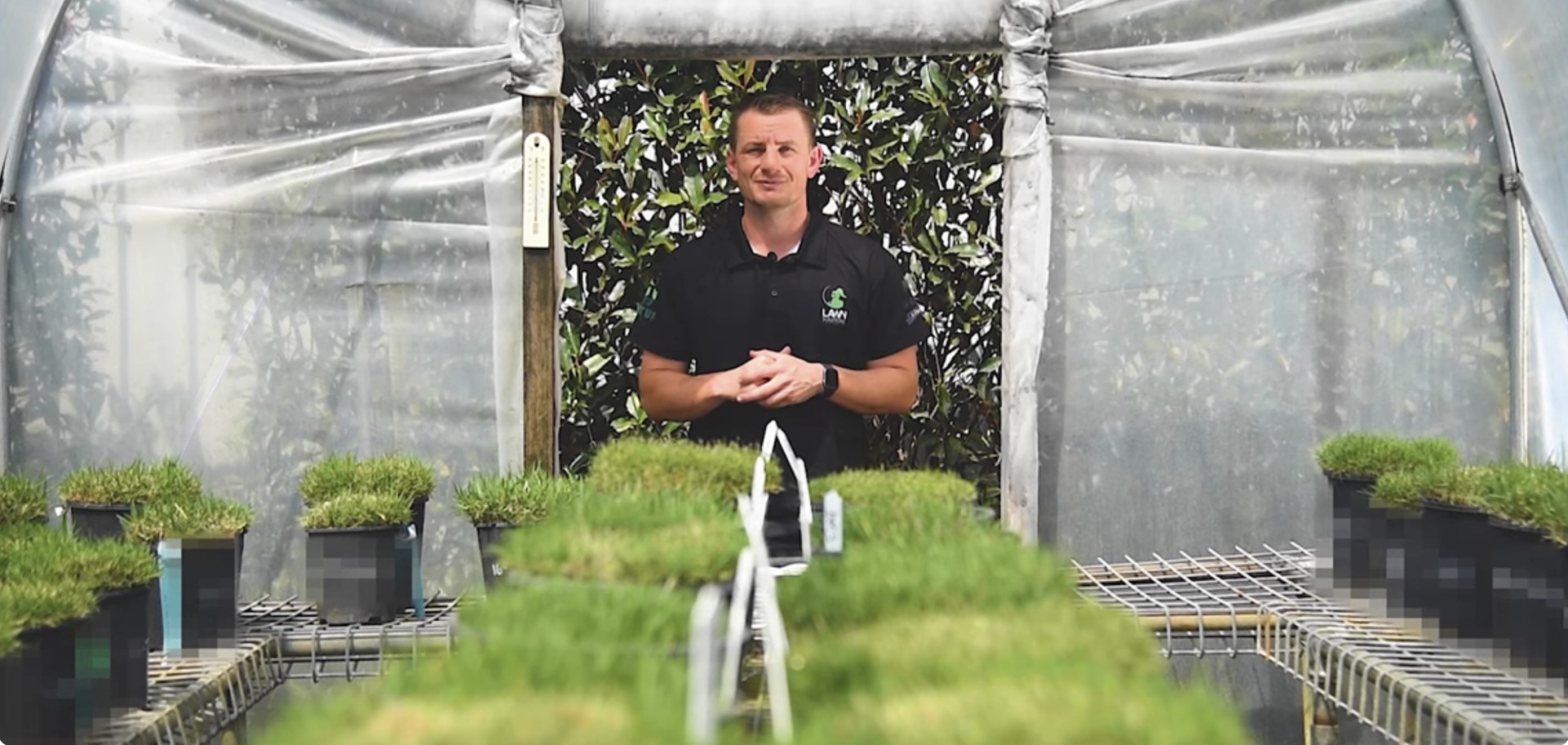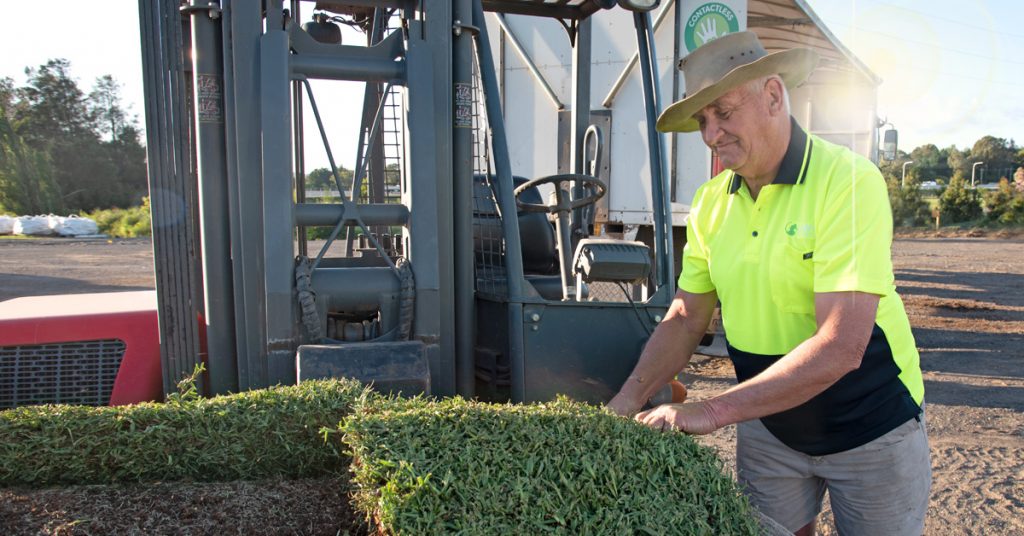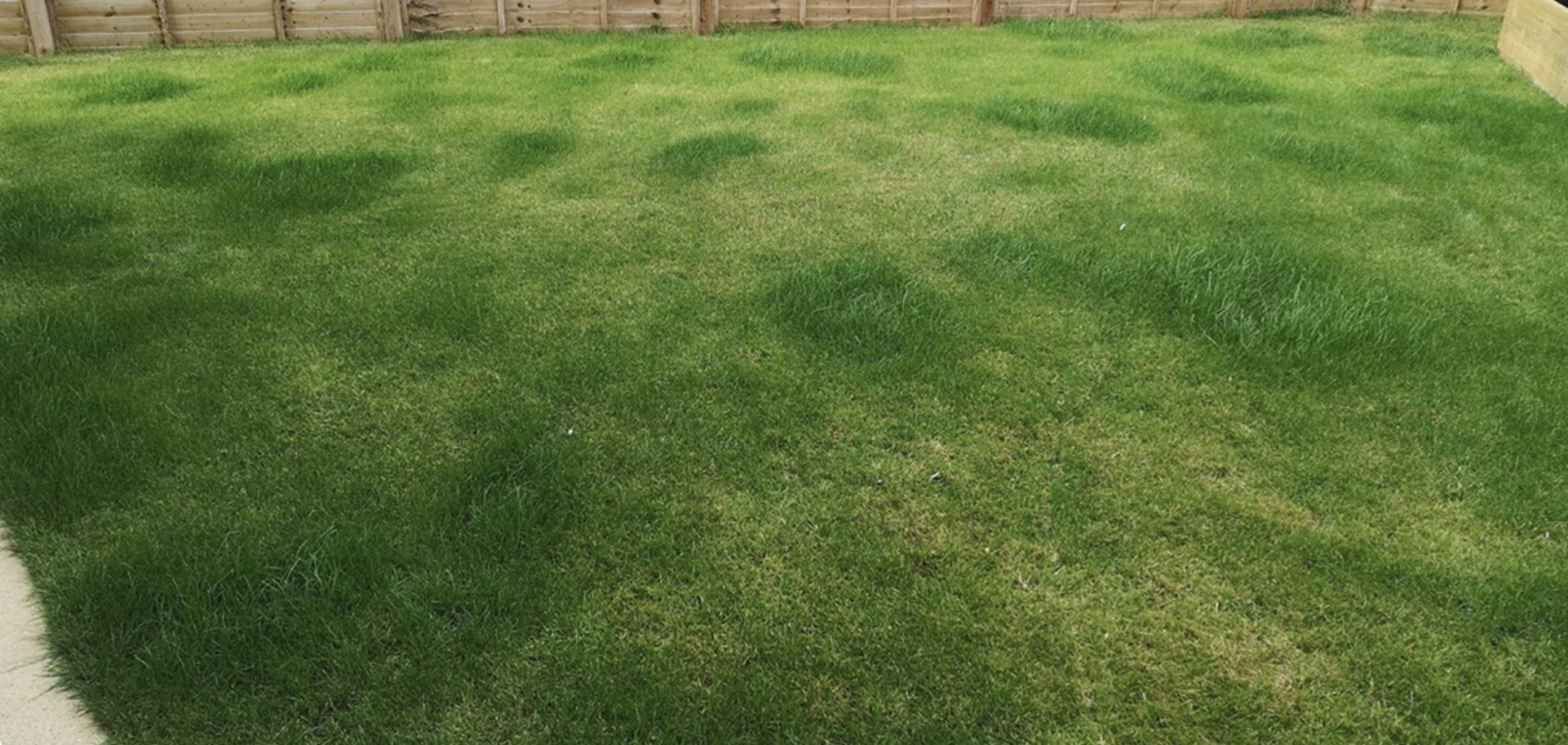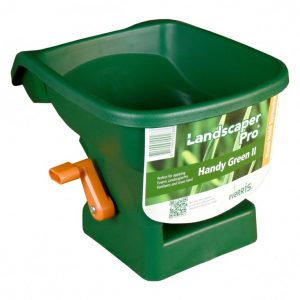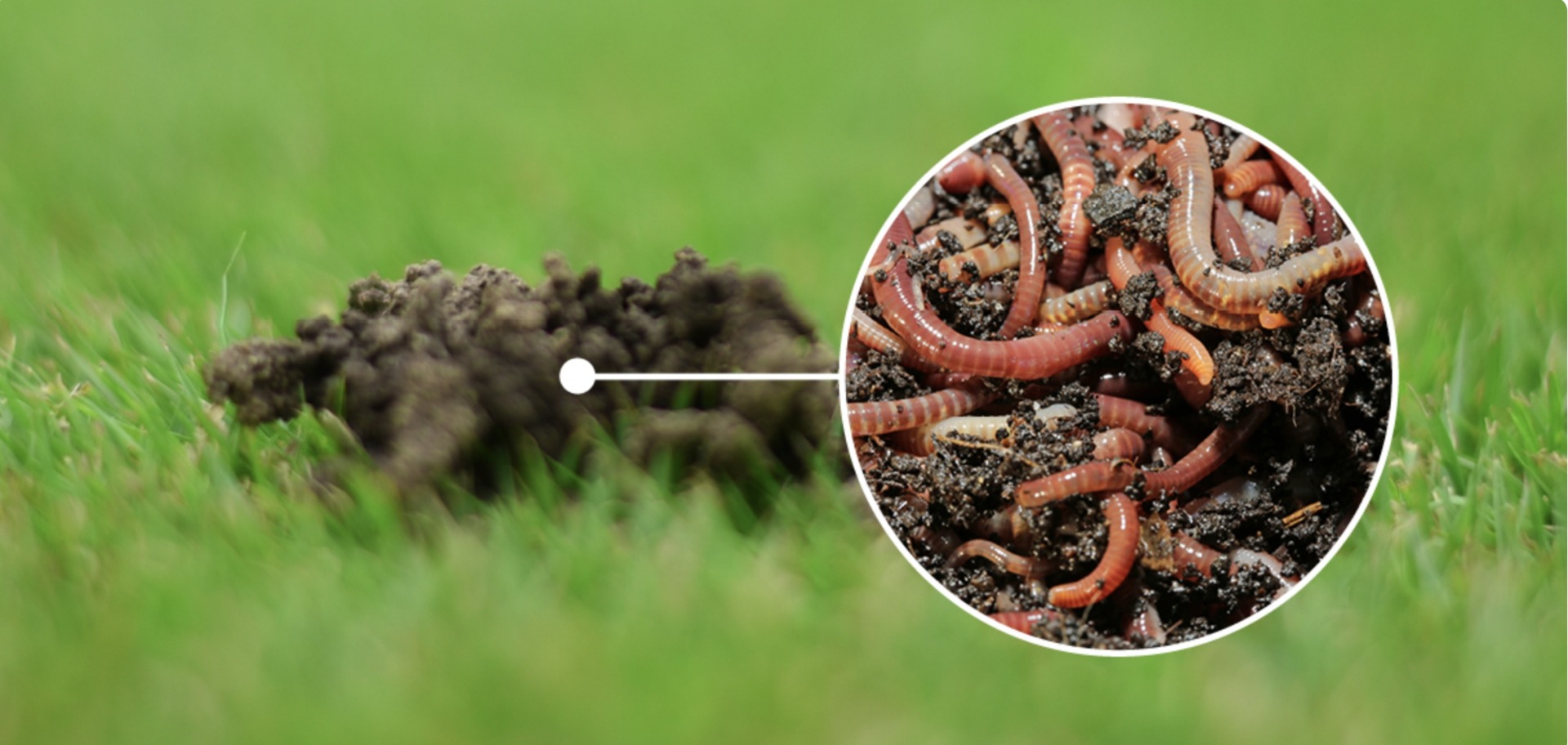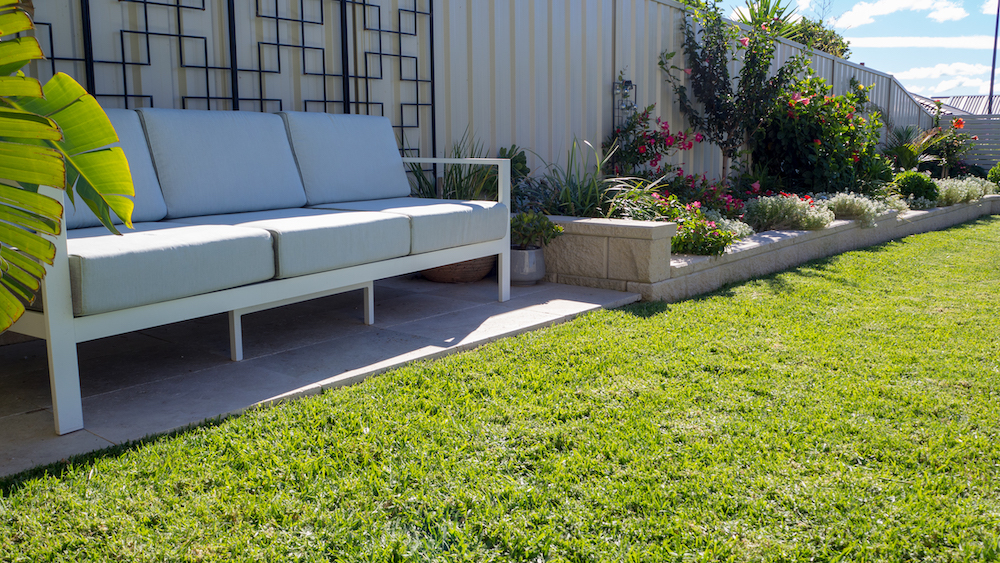Whilst we know that it is important to have our cars serviced regularly, we usually forget the importance of giving our lawn mowers a service.
Looking after your lawn mower can be an important part in caring for your lawn as well. Without your lawn mower performing at its best, your lawn can end up with inconsistent heights, be torn rather than cut, contaminated with weeds and other grass varieties, and even go unmown if you are unable to get the mower started when it is needed.
Here are 8 tips for a lawn mower service
- Clean your lawn mower
Often overlooked, but definitely important if you want your mower performing at its best. For most of the body of the mower, all you need is some soapy water and a brush. For the undercarriage, giving your lawn mower a good hose down and scrub with a metal brush will ensure the build-up of grass and dirt is removed. You can then use degreaser and a rag to get into all the small components around the engine to remove grease and dirt build-up.
- Clean your air filter
Remove the air filter and give it a tap to remove any dust or build up. If it is particularly dirty, you are best to replace it with a new one.
- Change your spark plug
A common cause for many lawn mower issues and an easy problem to fix. Remove the spark plug and clean the thread and lubricate with a small amount of oil before putting back. Replacing your spark plug every 12 months will help to avoid spark plug failure and help to ensure a quick start and a smoother running lawn mower.
- Sharpen/replace your blades
One of the most important steps in servicing your lawn mower that can substantially affect the health of your lawn. Change your blades at least once a year and keep them clean of debris. A good sharp blade will ensure the grass blades are cut rather than torn, which is important not only for the appearance of your lawn but for the health of the leaf.
- Check the oil (four-stroke engines only)
If you have a four-stroke lawn mower, you will need to check the oil. Make sure you always have your oil filled to the optimum level. Once every 12 months you should drain your oil, replacing your oil filter at the same time and fill with new oil. Doing so will help your engine to run smoother and prevent problems with your engine and pro-long the engine life.
- Lubricate – Throttle cable, height adjuster, wheels and other moveable parts
Using a water dispersant (WD-40) apply to all moving parts to help them move freely and efficiently. Apply grease to any grease points, the height adjuster and other parts where required. See your manual for specific instructions for your lawn mower.
- Check you have fresh fuel
Fuel goes stale after about 30 days, so use a fuel booster, or have the fuel drained if it has been in there for longer and the lawn mower is running poorly.
- Check your pull cord is not stretched or fraying
Replace your pull cord if it is likely to break or if it is not wound correctly within the spool. This will save you a lot of time and frustration when it comes to starting your lawn mower if your pull cord is to fail.
By following these lawn mower service tips, your mower should be in tip top shape and ready to tackle your lawn with ease.
Remember to check your manual for specific maintenance instructions for your lawn mower.
As always, if you have any more questions please don’t hesitate to contact us for free expert advice on 1800ALLTURF (1800255873) or 07 5543 8304.
